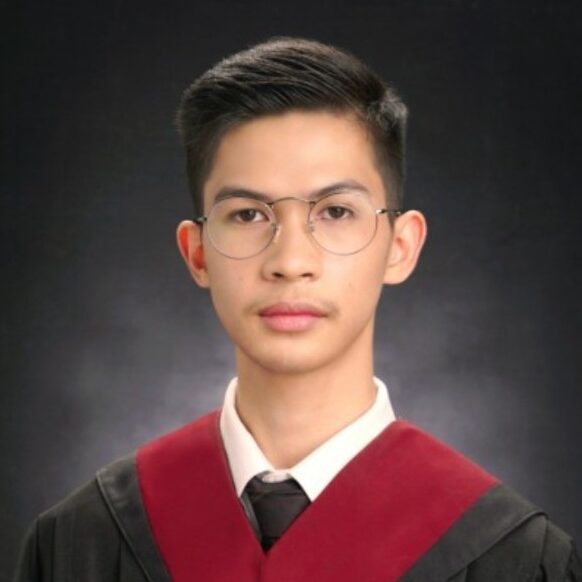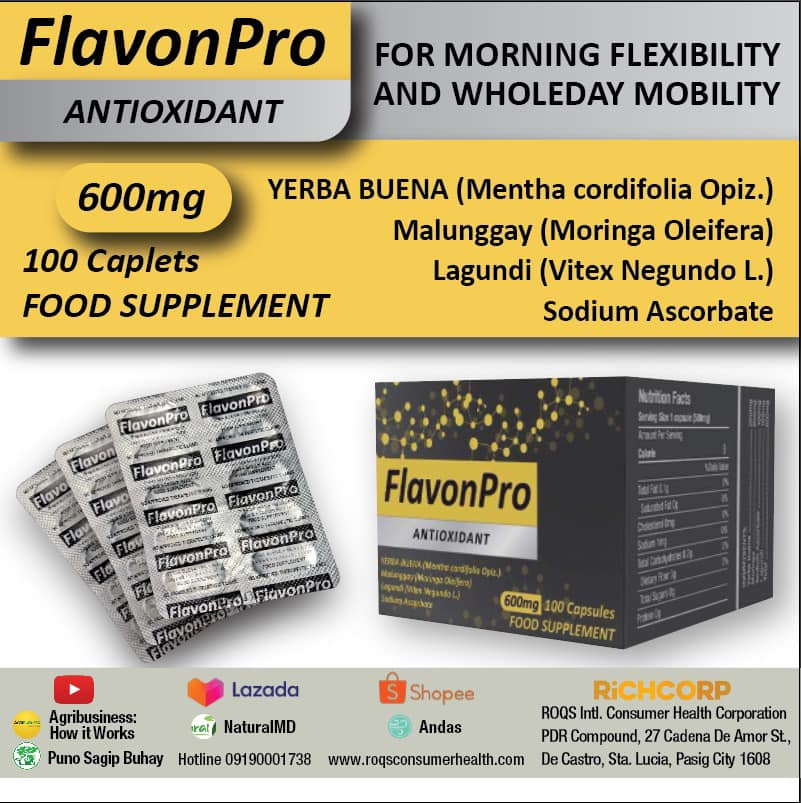
In the ’90s, Dr. Neila Cortes-Maramba of UP Manila led a team of scientists investigating ten medicinal plants in the Philippines. Two of these plants exhibited promising results—one for cough and the other for urinary tract infections. The team patented Vitex negundo (Lagundi) and Blumea balsamifera (Sambong) in syrup and tablet forms, granting them exclusive rights to these medicines.
Today, Lagundi and Sambong are essential remedies for coughs and UTIs, proving lucrative for the pharmaceutical industry. Had they not applied for a patent, UP Manila and its partners would not have earned more than 50 million pesos in remittances through royalties and licensing fees, nor would they have been able to claim the invention as their own and would leave it vulnerable to idea theft.
If inventions and creations are not patented, “it belongs now to the public domain where anyone can reproduce or manufacture it,” Atty. Josephine R. Santiago of the UP Diliman College of Law said at the 7th session of the iStories webinar, hosted by the University of the Philippines – Diliman College of Science. Atty. Santiago is an award-winning intellectual property (IP) expert who served as the Director General of the Intellectual Property Office of the Philippines (IPOPHL).
Failing to patent inventions exposes them to the public domain, allowing anyone to reproduce or manufacture them.
A patent, as a form of IP, provides the inventor exclusive rights to their creations. “The right of a patentee is only to prevent third persons from manufacturing, offering for sale, using, selling, or importing the invention,” Atty. Santiago explained. “It is not to make the invention, but to prevent others.” She added that, when multiple inventors unknowingly created the same invention, the first to file the patent secures the rights to it.
UP Diliman has successfully patented various inventions, such as CoaTiN, a coating technology that uses titanium nitride to extend the lifespan of metallic tools, developed by Dr. Henry Ramos of the National Institute of Physics (NIP), and an amebiasis detection kit that quickly identifies the disease using saliva, invented by Dr. Windell Rivera, Dr. Angeline Odelia Concepcion, and Dr. Alexander Edward Dy of the Institute of Biology (IB).
Patents not only benefit inventors but also stimulate innovation and improve existing products. Applying for patents requires detailed explanations of how the invention works. This information becomes publicly available upon patent approval, allowing other inventors to draw inspiration from or enhance the patented work.
Atty. Santiago also touched upon the other three types of IP: trademarks, which protect identifying symbols and expressions; copyright which grants rights from the moment of creation; and trade secrets, which safeguards valuable confidential information.
She will also discuss harnessing IP for innovation in another iStories session.#
iStories is a series of monthly innovation-themed talks, storytelling, and activities featuring local and international scientists. The initiative aims to ignite the creativity and inventiveness of young scientists not just from UPD-CS but also from other institutes inside and outside of UP.
About the Writer

My name is Harvey and I am a science writer based in the Philippines. I hold a Bachelor’s degree in Physics, but my interests range across all sciences. I was the Graphic and Section Editor of the Journal of International Association of Physics Students (jIAPS) and a Research Associate of the Blue Marble Space Institute of Science (BMSIS YSP Program) in the Summer of 2023. My YSP Project was about communicating topics in Earth and Space Science.




